Tungsten Wire for Composite Material Stiffeners
- Details
- Category: Tungsten Information
- Published on Monday, 11 August 2025 19:22
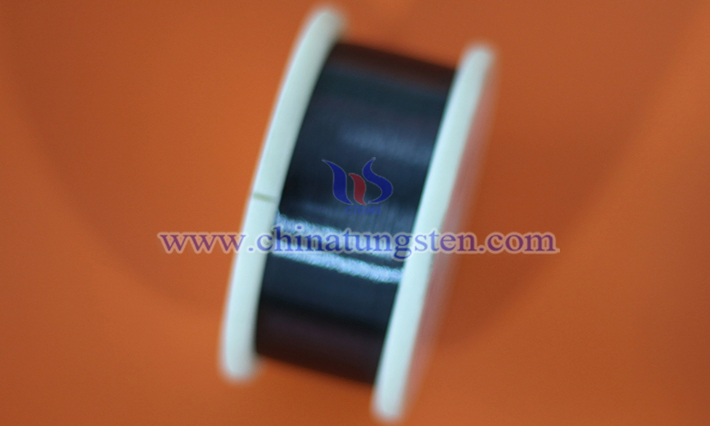
The use of tungsten wire as a reinforcing element in composite material stiffeners represents a high-performance material solution that combines the characteristics of tungsten wire—high strength, high modulus, and high-temperature resistance—with the advantages of composite materials, such as lightweight and strong design flexibility. Below is a detailed analysis of the application of tungsten wire in composite material stiffeners:
Applications of Tungsten Wire as Reinforcement in Composite Materials
- Details
- Category: Tungsten Information
- Published on Monday, 11 August 2025 19:17
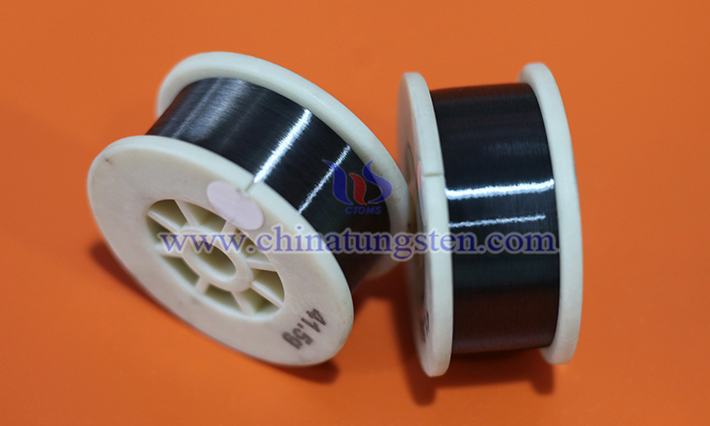
The applications of tungsten wire as reinforcement in composite materials primarily stem from its unique physical and chemical properties, offering significant advantages in composite systems requiring high strength, heat resistance, corrosion resistance, or special electromagnetic properties. Below is an analysis of its specific application scenarios and advantages:
Application of Tungsten Wire in Electron Tube Heaters
- Details
- Category: Tungsten Information
- Published on Monday, 11 August 2025 19:15
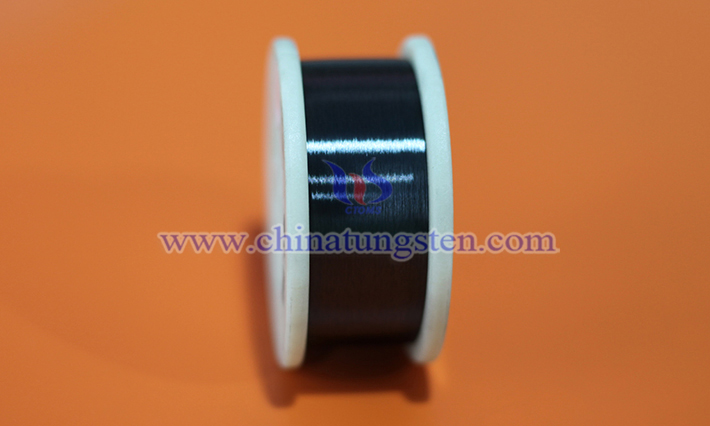
The application of tungsten wire in electron tube heaters is primarily due to its high melting point, high resistivity, excellent thermal stability, and chemical inertness, making it an ideal material for the heated cathode (heater) in electron tubes.
Role of Tungsten Wire in High-Temperature Furnace Heating Materials
- Details
- Category: Tungsten Information
- Published on Monday, 11 August 2025 19:14
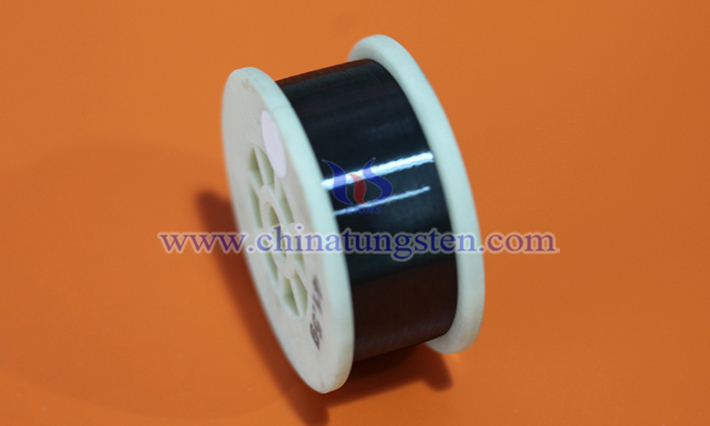
Tungsten wire plays a crucial role in high-temperature furnace heating materials. Its high melting point, excellent electrical conductivity, chemical stability, and workability make it a core component for efficient and stable heating in high-temperature furnaces.
Tungsten Wire for Gas Discharge Lamp Electrode
- Details
- Category: Tungsten Information
- Published on Monday, 11 August 2025 19:12
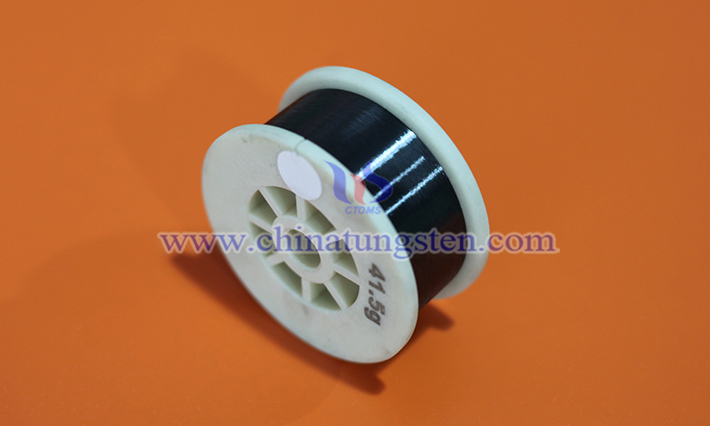
Gas discharge lamps, such as high-pressure mercury lamps and xenon lamps, play an important role in industrial lighting, stage lighting, automotive headlights, and other fields. As a key electrode material, tungsten wire is a core element in ensuring the stable and efficient operation of gas discharge lamps.
Tungsten Wire for Halogen Lamp Filaments
- Details
- Category: Tungsten Information
- Published on Monday, 11 August 2025 19:10
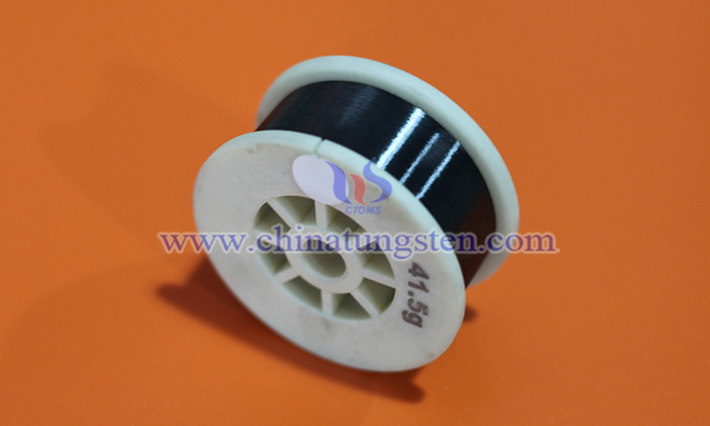
Tungsten halogen lamps are highly efficient light sources that utilize tungsten as the filament. The reason for choosing tungsten as the filament is closely related to its unique physical and chemical properties.
Why Do Incandescent Lamps Use Tungsten wires?
- Details
- Category: Tungsten Information
- Published on Monday, 11 August 2025 19:09
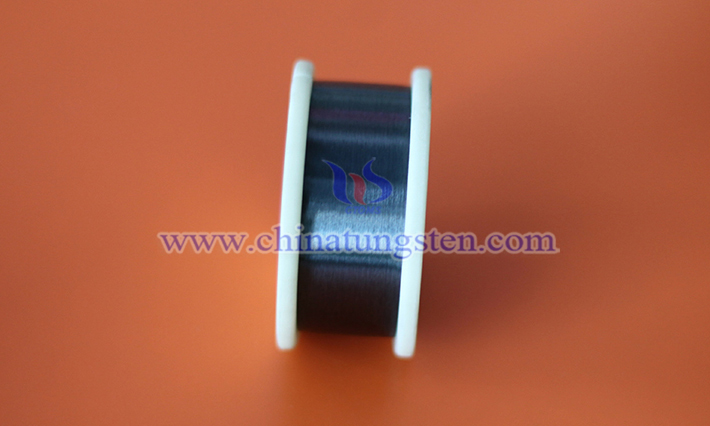
Incandescent lamps are traditional lighting devices that produce light by heating the filament to a high temperature. Tungsten wires, due to their unique physical and chemical properties, are the preferred material for incandescent lamp filaments.
Durability of Tungsten Wire in High-Temperature Furnaces
- Details
- Category: Tungsten Information
- Published on Monday, 11 August 2025 19:07
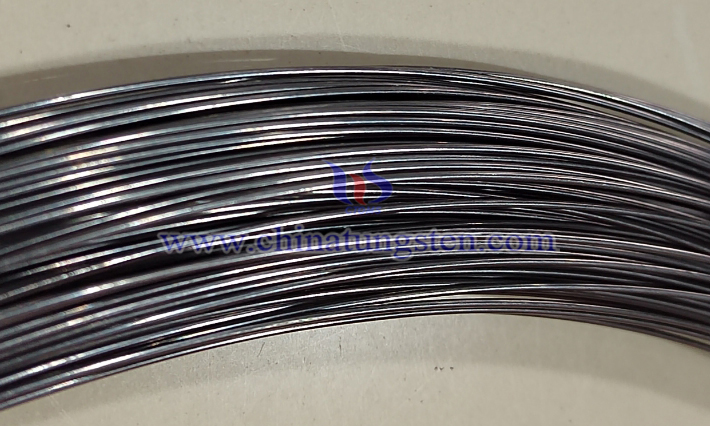
The durability of tungsten wire in high-temperature furnaces depends primarily on its material properties, environmental conditions, and usage.
Tungsten Wire for Ceramic Sintering Heating
- Details
- Category: Tungsten Information
- Published on Monday, 11 August 2025 19:05
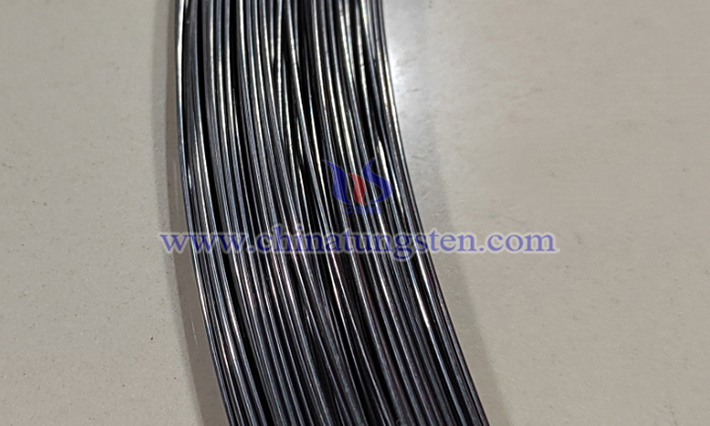
Tungsten wire, as a high-temperature heating material, is often used as a heating element in ceramic sintering due to its high melting point, excellent electrical conductivity, and high-temperature resistance.
Applications of Tungsten Wire in Metal Smelting Furnaces
- Details
- Category: Tungsten Information
- Published on Monday, 11 August 2025 19:03
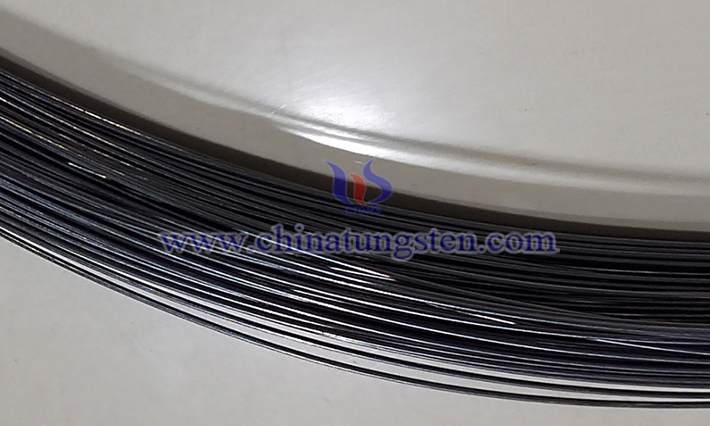
Tungsten wire is widely used in vacuum melting furnaces, induction furnaces, electron beam melting furnaces, and other equipment, particularly in smelting processes requiring high-purity metals or special alloys in industries such as aerospace, nuclear, and electronics.



 sales@chinatungsten.com
sales@chinatungsten.com